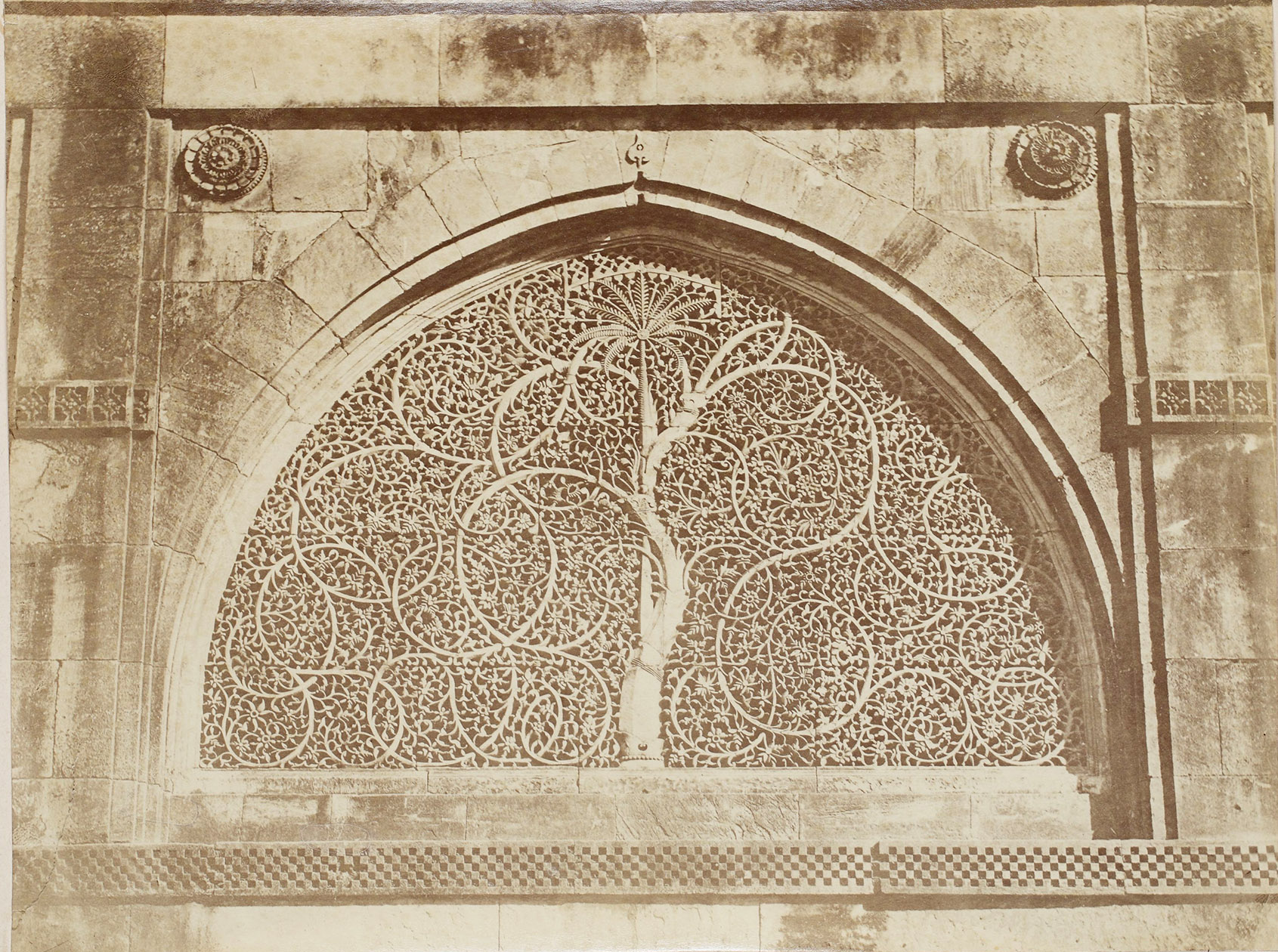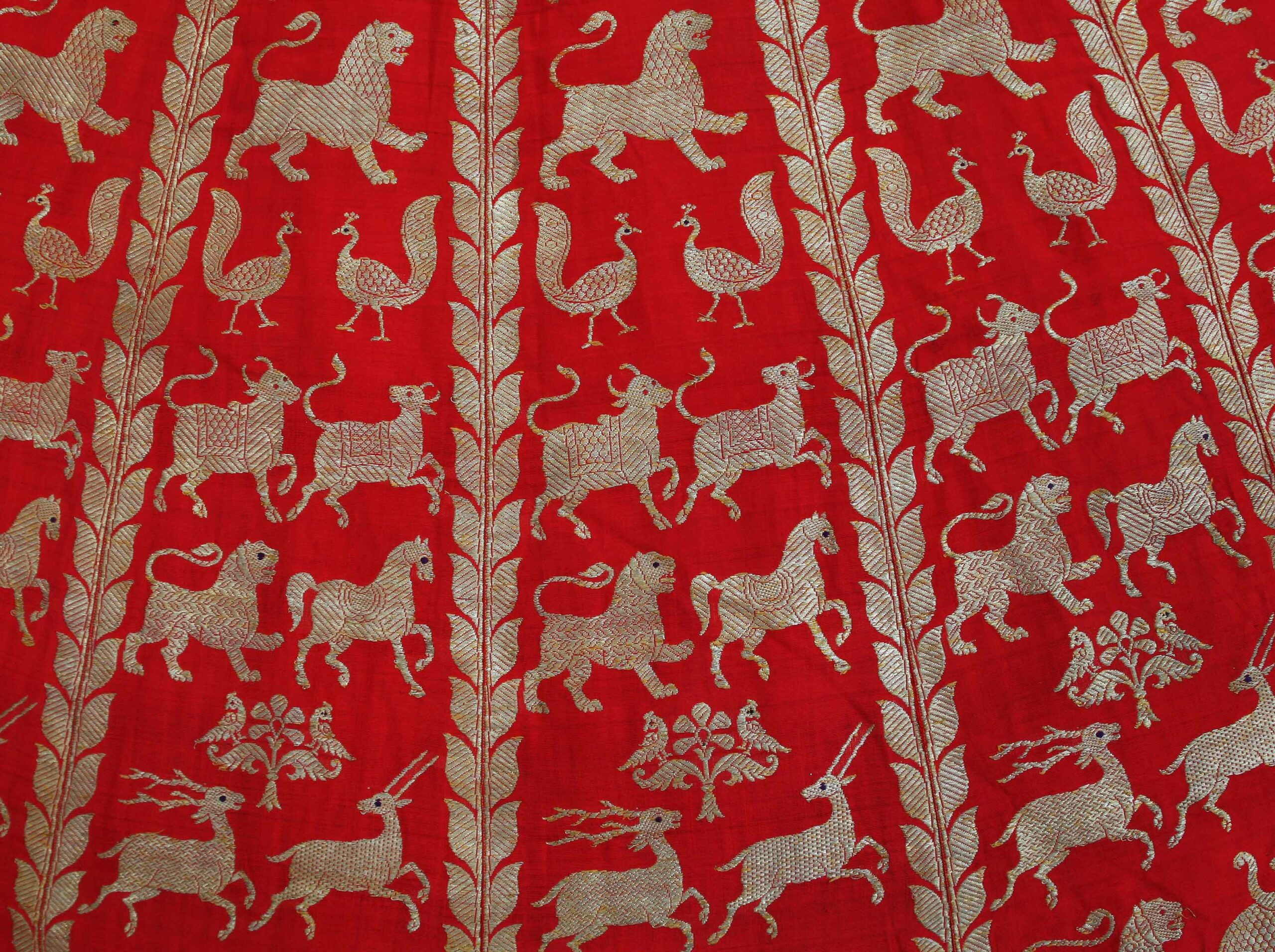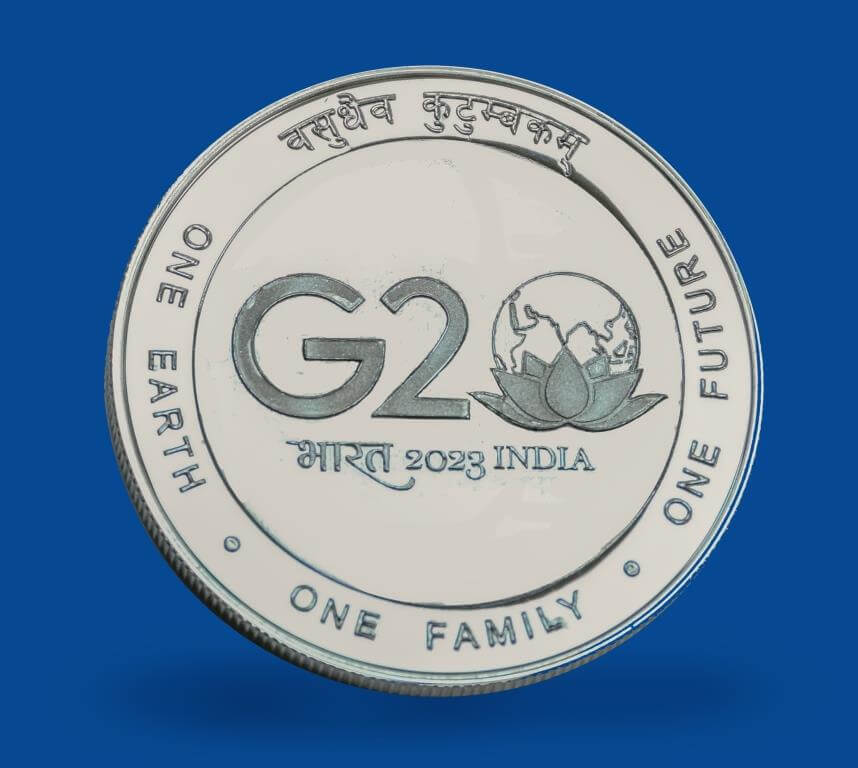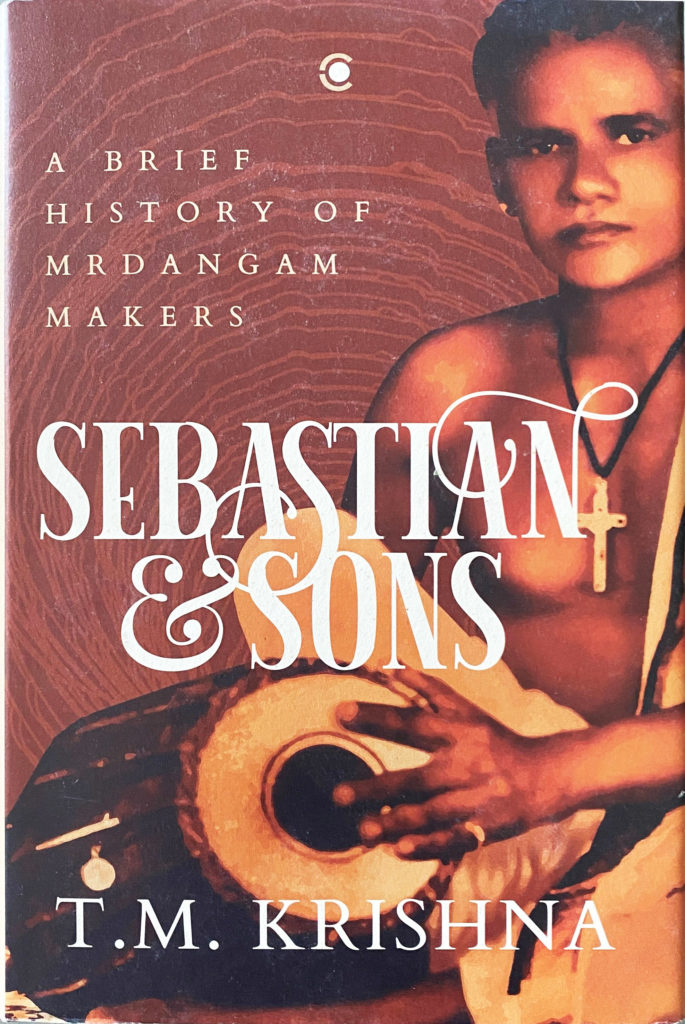
Cover of ‘Sebastian and Sons – A Brief History of Mrdangam Makers’ by TM Krishna, 2020
We hope you enjoyed travelling through the length and breadth of the Madras Presidency with us. If our features on the history, dynasties and culture of this region have whetted your appetite, here are some books that will draw you further into the heart of Tamil Nadu. All these titles are part of the Sarmaya library.
Splendours Of Tamil Nadu by Marg Publications,1980
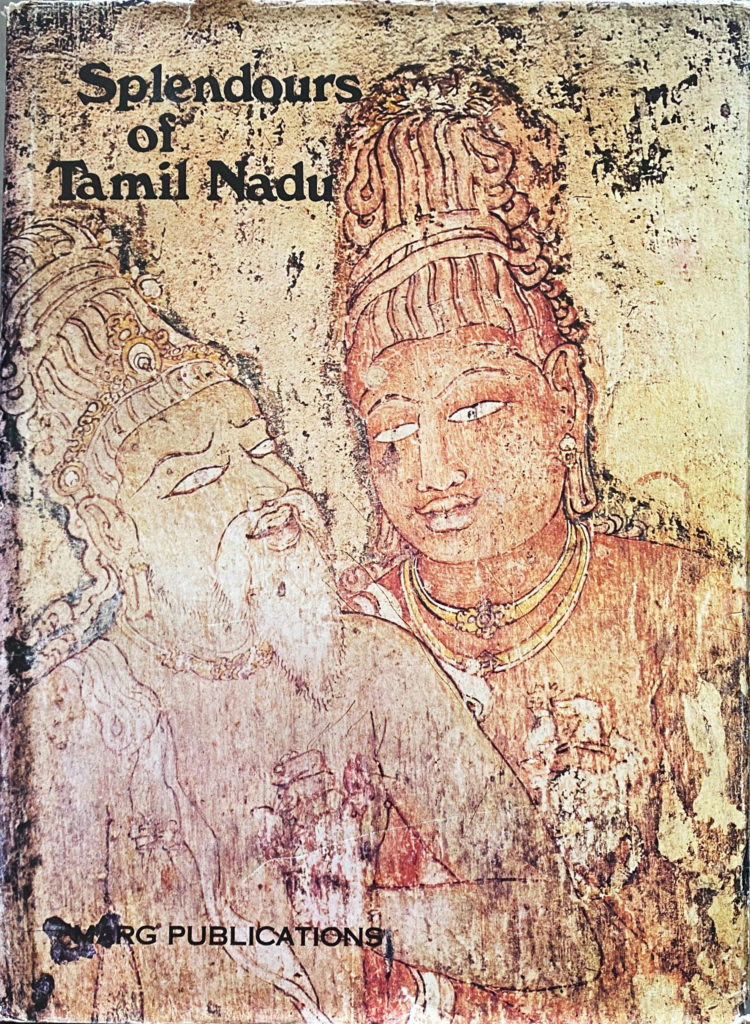
Some of the most respected authorities of Indian history and art introduce you to the treasures of Tamil heritage in this collector’s item. From mythology to murals, and from bronzes to Bharatanatyam, Splendours… covers a lot of ground. So we have, among others, archaeologist Dr KV Soundararajan explaining how temple architecture evolved under the reigns of the Pallavas, Pandyans, Cholas and later medieval-era builders; Padma Shri-awarded classical dancer Mrinalini Sarabhai on the fascinating journey of Bharatanatyam starting at the Sangam era; art historian and curator of the Government Museum, Chennai Dr C Sivaramamurti on the famous Pallava and Chola temple bronzes; and eminent handicrafts revivalist Kamaladevi Chattopadhyaya on the crafts of the region, including textiles, stone-carving, jewellery and musical instruments. Marg founder and writer Dr Mulk Raj Anand sets up the premise of this fantastic volume in an introductory essay. Splendours of Tamil Nadu is part of the Marg Monograph Series, issued from the stables of the prestigious Indian art quarterly, Marg Magazine.
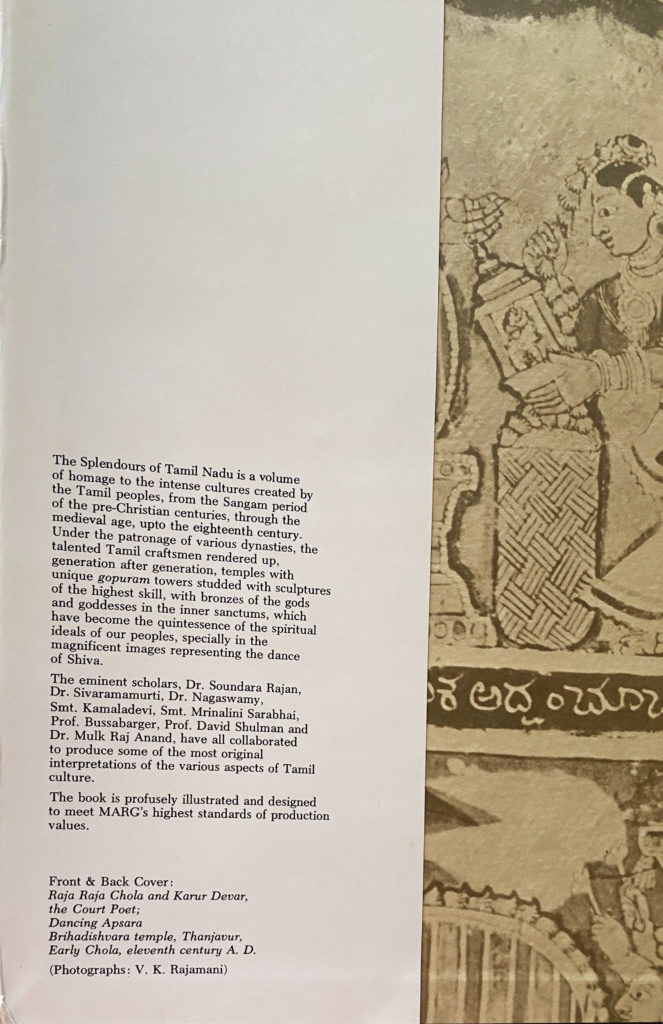
The Vaikunta Perumal Temple at Kanchipuram by Dr Dennis Hudson, 2009
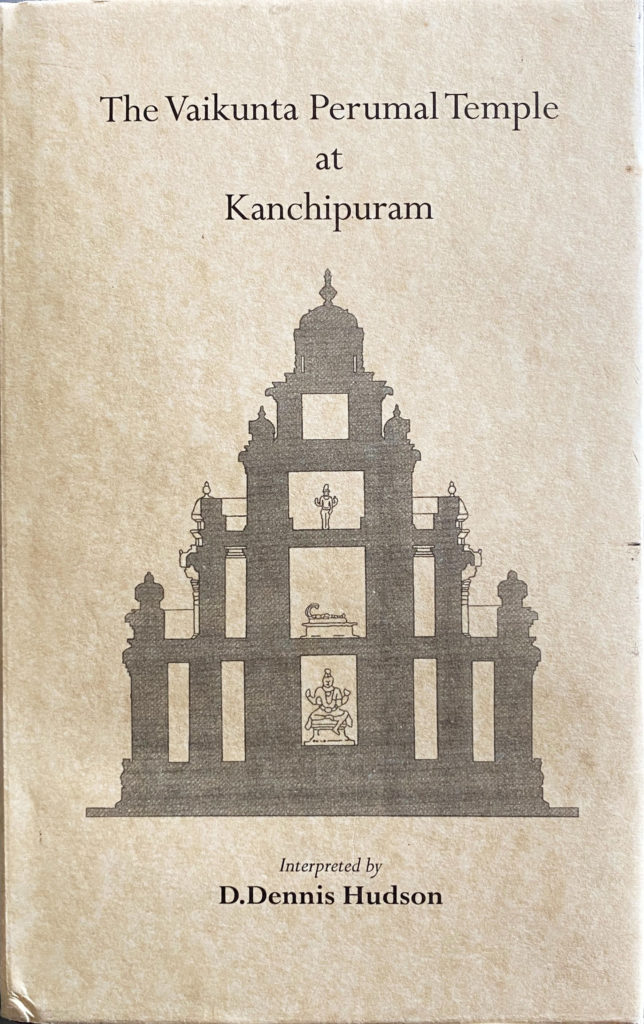
What if you could read the walls of a temple like a book? We might attempt something of the sort at the Vaikunta Perumal temple of Kanchipuram, with help from Professor Hudson. The erstwhile Emeritus Professor of World Religions at Smith College spent much of his scholarly life studying this 8th-century Pallava-era temple to Lord Vishnu. This research has resulted in some phenomenal discoveries, which are detailed in an earlier work, The Body of God: An Emperor’s Palace for Krishna in Eighth-Century Kanchipuram. These findings are summarised simply for the lay-reader in this book. The Vaikunta Perumal temple is designed as a 3D mandala with each of its 56 sculpted panels minutely carved with stories about divinity and royalty. Using the knowledge gleaned from a deep reading of the verses of poet-saint Alwar Thirumangai and of the Bhagavata Purana, Prof. Hudson leads us from section to section explaining the spiritual significance of each architectural and artistic detail in this ancient temple.
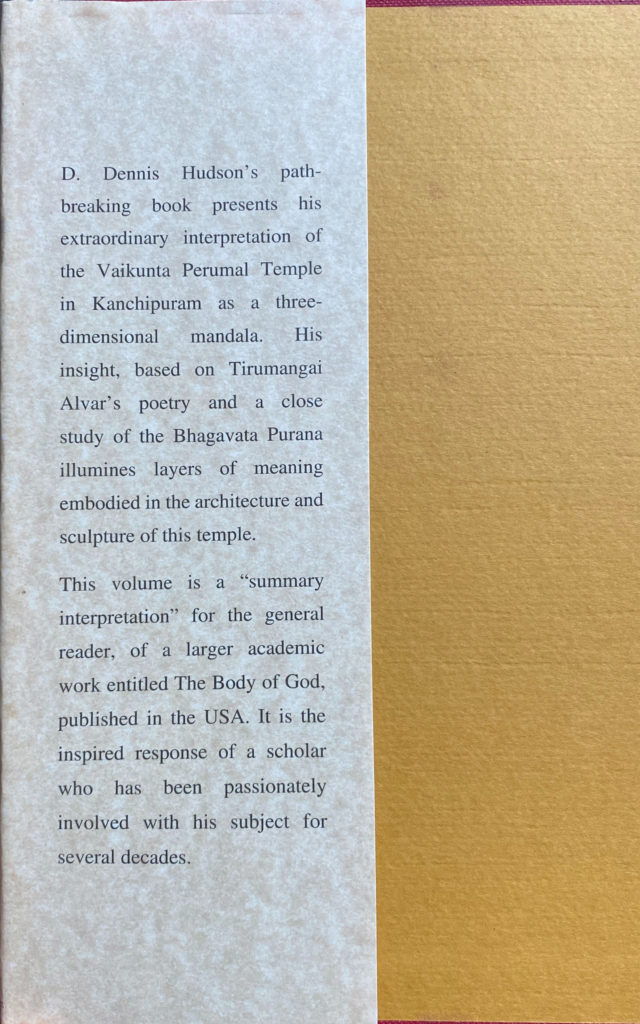
Captain Linnaeus Tripe – Photographer of India and Burma, 1852 -1860 by Roger Taylor, Crispin Branfoot, Sarah Greenough & Malcolm Daniel, 2014
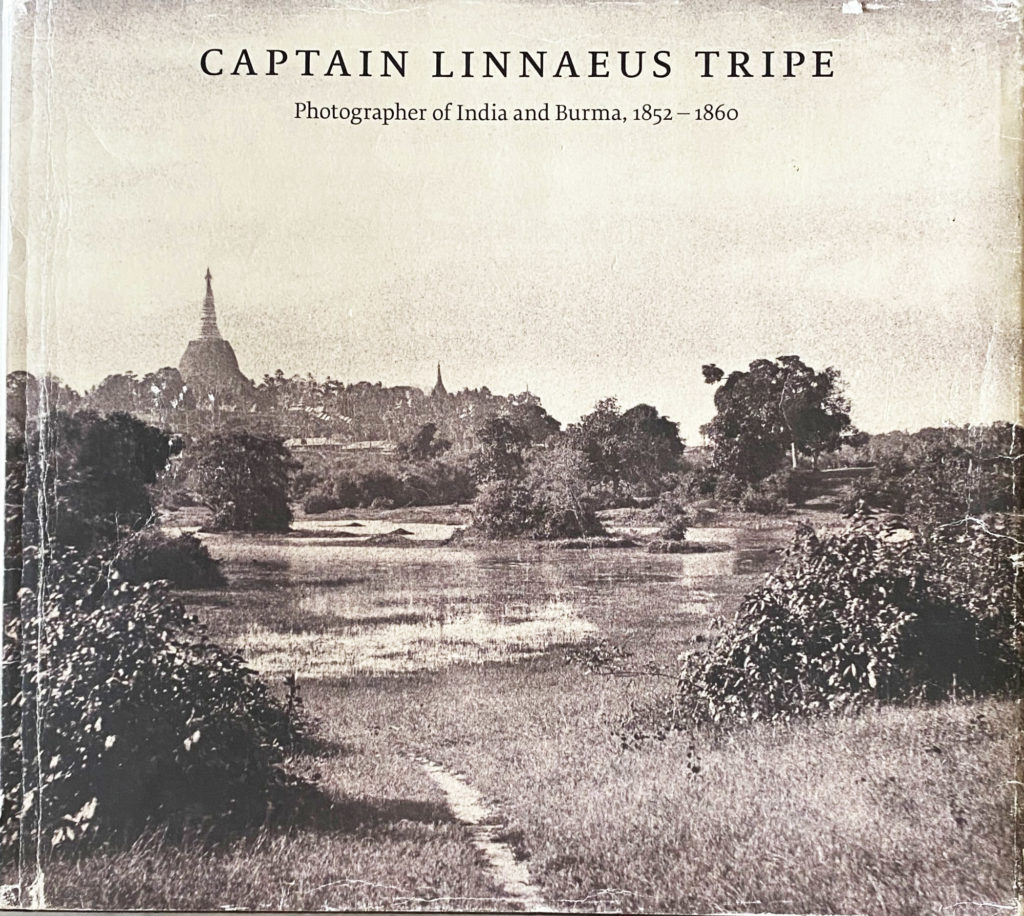
Catch some of the earliest glimpses of the Madras Presidency ever to be captured on photographic film in this collection of images and essays, which follows the lens of a 19th-century British soldier. Captain Linnaeus Tripe’s career as army-man and photographer was closely bound up with Madras: he joined the East India Company army in 1838 as a cadet in the Madras Infantry, and later in 1856, he was hired by the Presidency as official photographer of the Madras Government. In that role, Tripe aimed “to record, before they disappear, buildings, sculptures and inscriptions … including the picturesque”. This hardback title is the exhibition catalogue to a 2014 show at The Metropolitan Museum of Art on Tripe’s photos of Burma (present-day Myanmar) and southeast India. It includes incredibly well-preserved views of Tiruchirappalli, Madurai, Pudukkottai and Thanjavur. Tripe’s photos were created using the paper negative process and to this day, these historic images boast a great richness of details and textures. These are accompanied in the book by essays by the show’s curators who map the history of the monuments featured as well as of the man who immortalised them in film.
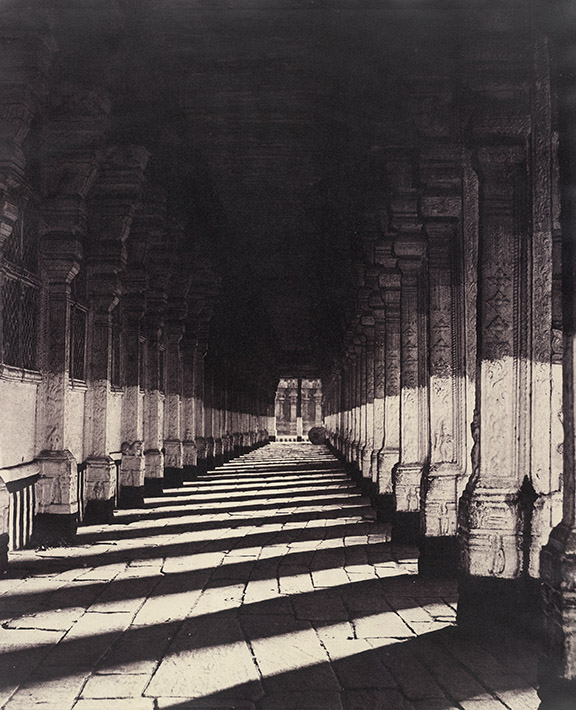
‘Trimul Naik’s Choultry, side verandah from the west’, Madurai,by Linnaeus Tripe, 1858. Image from the British Library/Public Domain
Madras Modern: Regionalism and Identity by Dr Ashrafi S Bhagat, 2019
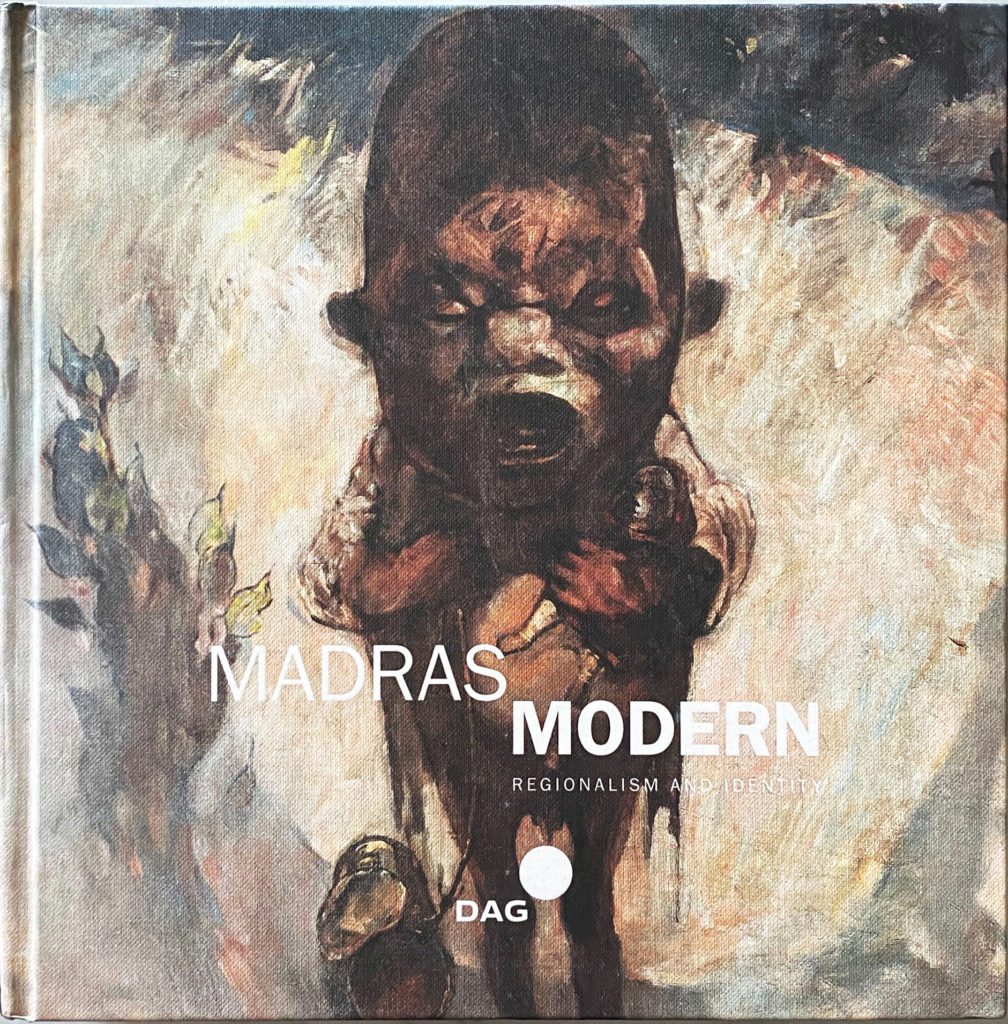 Created to accompany DAG, Mumbai’s 2019 exhibition spotlighting the Madras Art Movement, MadrasModern is written by the curator of the show and art historian Ashrafi Bhagat. Like the show, the book underlines the ways in which south Indian artists contributed to the sophistication and evolution of India’s modern art identity. While most associate the masters and milestones of this period with the doings of the Bombay Progressives and the Bengal School, Madras was just as prolific when it came to incubating original voices in art. Acting as the incubator was the Madras College of Arts and Crafts, led by its first Indian principal DP Roy Chowdhury. This book details the role played by the institution and mentors like Chowdhury and later, KCS Paniker (whose untitled work features on the cover) in encouraging artists to draw from their own native vocabularies to create art that stood apart from any being feted on the international or even national stage. Inside, you will get acquainted with the works of artists like SG Vasudev, KV Haridasan, S Dhanapal, V Viswanadhan, L Munuswamy, C Douglas and Rm Palaniappan. As Bhagat notes, “These are extremely important painters with an impressive body of work to their credit. They need to be better known in India, among collectors and art lovers, but also internationally, since they represent a certain synthesis of ideas that forms a critical discourse in India’s art history.”
Created to accompany DAG, Mumbai’s 2019 exhibition spotlighting the Madras Art Movement, MadrasModern is written by the curator of the show and art historian Ashrafi Bhagat. Like the show, the book underlines the ways in which south Indian artists contributed to the sophistication and evolution of India’s modern art identity. While most associate the masters and milestones of this period with the doings of the Bombay Progressives and the Bengal School, Madras was just as prolific when it came to incubating original voices in art. Acting as the incubator was the Madras College of Arts and Crafts, led by its first Indian principal DP Roy Chowdhury. This book details the role played by the institution and mentors like Chowdhury and later, KCS Paniker (whose untitled work features on the cover) in encouraging artists to draw from their own native vocabularies to create art that stood apart from any being feted on the international or even national stage. Inside, you will get acquainted with the works of artists like SG Vasudev, KV Haridasan, S Dhanapal, V Viswanadhan, L Munuswamy, C Douglas and Rm Palaniappan. As Bhagat notes, “These are extremely important painters with an impressive body of work to their credit. They need to be better known in India, among collectors and art lovers, but also internationally, since they represent a certain synthesis of ideas that forms a critical discourse in India’s art history.”
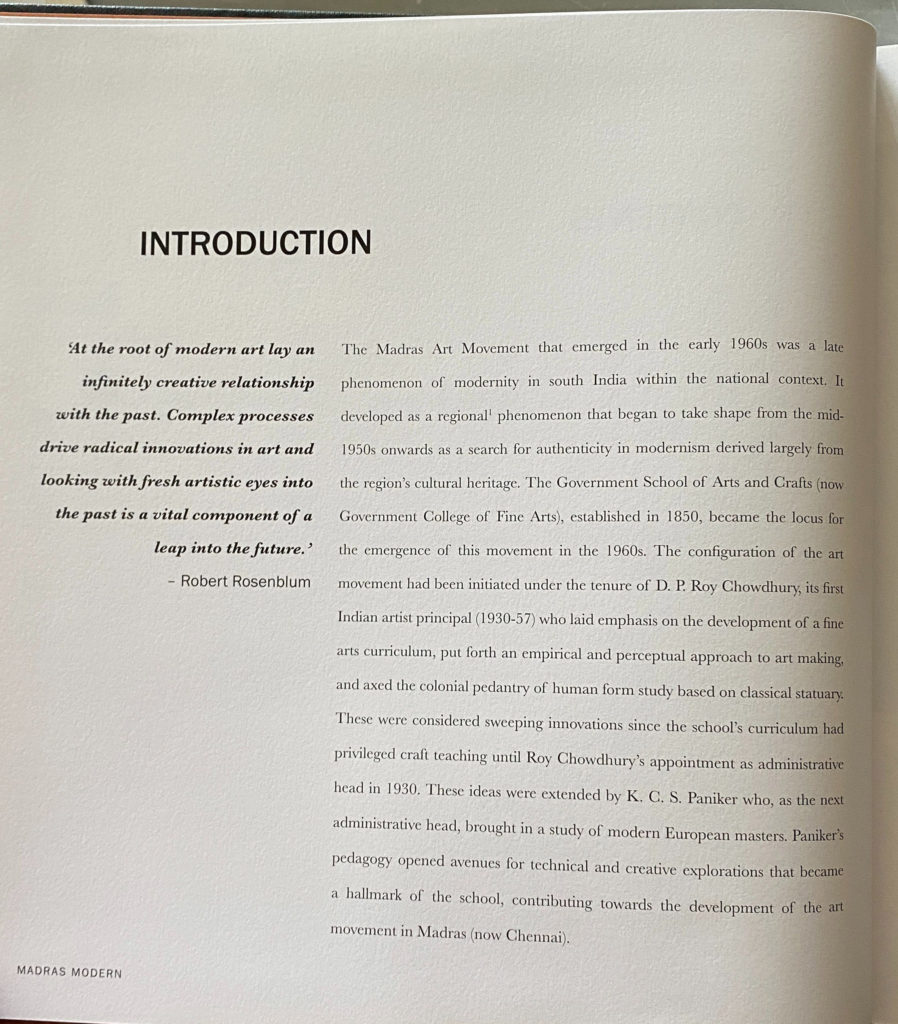
Sebastian and Sons: A Brief History of Mrdangam Makers by TM Krishna, 2020
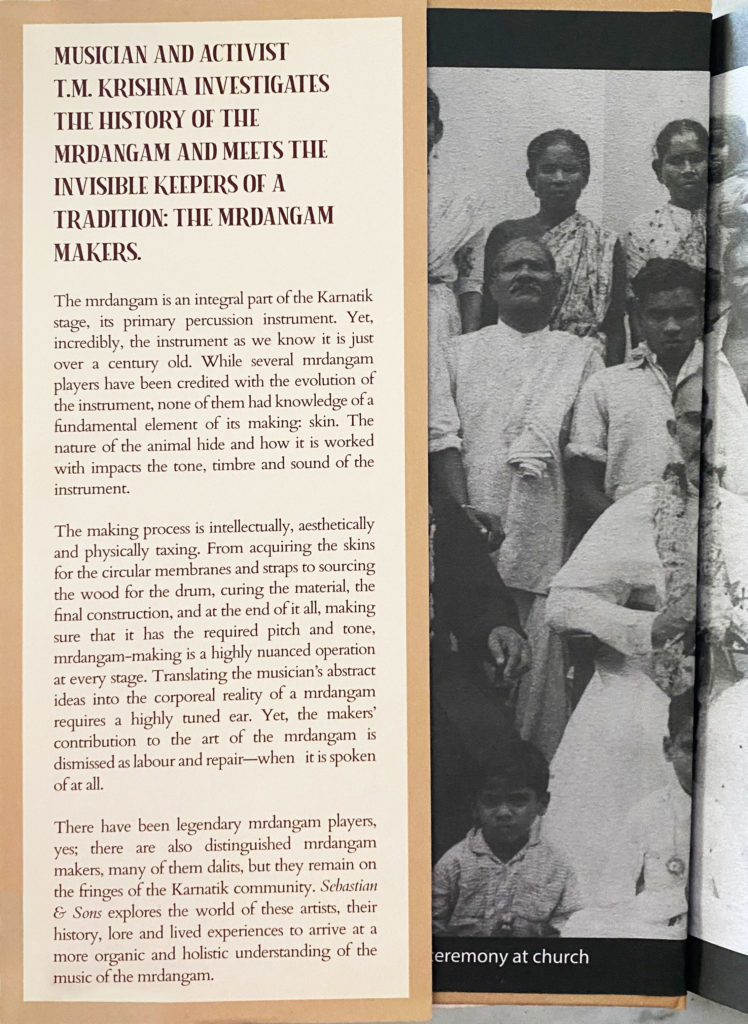
Vocalist, writer and Magsayay Award-winning activist TM Krishna takes us behind the scenes and under the skin of a grand tradition in Karnatik music—the mrdangam. A double-sided percussion instrument essential to the repertoire of any virtuoso in the realm, the mrdangam is made of teak or jackfruit wood and goatskin. In this book, the writer investigates the ways in which the story of this drum embodies the sharp caste divisions in Karnatik music and our society at large; as he observes, while mrdangam players enjoy the spotlight and respect from the audience, the typically Dalit Christian makers of the instrument, who have over years honed the ability to coax music from leather, are often hidden from view. This is illustrated through the narratives of two men’s lives: Parlandu, son of the titular Sebastian and a genius mrdangam-maker who learnt the art from his father, and Padma Bhushan-awarded artiste Palghat Mani Iyer, regarded as one of the ‘Holy Trinity of the Mrdangam’. Through travels across southern India, numerous interviews and digging into his own prodigious knowledge of Karnatik music, Krishna pieces together the history and science behind mrdangam-making and forcefully reveals the ways in which art is complicit in preserving injustices. Equally compelling is the peek he offers into the world of indigenous Indian craft, which is peopled with quiet geniuses like Sebastian and his sons.

